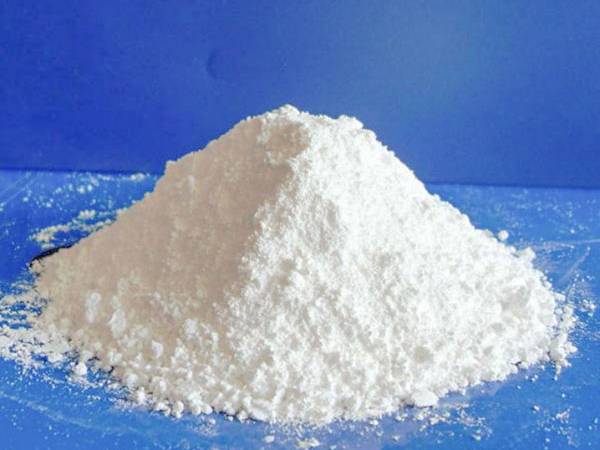



polyacrylamide reaction
The Chemistry of Polyacrylamide Reaction
Polyacrylamide (PAM) is a synthetic polymer derived from the monomer acrylamide, which undergoes polymerization to form a versatile material with a range of applications in various fields such as biochemistry, environmental science, and industrial processes. Understanding the reaction mechanism of polyacrylamide synthesis is crucial for optimizing its properties and expanding its utility.
The primary reaction involved in the formation of polyacrylamide is a free radical polymerization of acrylamide monomers. This process can be initiated through various means, commonly using chemical initiators such as ammonium persulfate, or thermal initiation under certain conditions. The overall reaction can be described as follows
The Chemistry of Polyacrylamide Reaction
Here, “n” represents the number of repeating acrylamide units that form the polymer chain. Upon initiation, propagating radicals react with the acrylamide monomer, causing the monomers to link together in long chains. This process results in the formation of polyacrylamide, which can be linear, branched, or crosslinked depending on the reaction conditions and the presence of crosslinking agents.
polyacrylamide reaction

One of the significant aspects of polyacrylamide is its ability to absorb water, which makes it an excellent choice for applications such as soil conditioning, wastewater treatment, and even in the biomedical field as a stabilizing agent or drug delivery system. The hydrophilic nature of polyacrylamide contributes to its efficacy in these applications, as it can swell and retain water while simultaneously enhancing soil structure and aeration.
In the context of wastewater treatment, polyacrylamide serves as a flocculant, helping to aggregate suspended particles and facilitating their removal. The mechanism behind this function lies in the polymer's chain length and charge density, which allows it to effectively bridge particles and promote coagulation. The efficiency of polyacrylamide as a flocculant can be influenced by its molecular weight and the degree of hydrolysis, leading to various formulations tailored for specific needs.
Additionally, there are environmental concerns regarding the use of acrylamide, a neurotoxin and potential carcinogen. As such, researchers are continuously exploring safer alternatives and modifications to polyacrylamide formulations that can mitigate these risks while maintaining performance. Biodegradable variants and modifications to the polymer structure are actively being researched to ensure that the benefits of polyacrylamide can be harnessed without compromising health or ecological safety.
The versatility of polyacrylamide can be further enhanced through copolymerization. By combining acrylamide with other monomers, researchers can develop polymers with tailored properties, such as increased hydrophobicity or responsiveness to environmental stimuli. This ability to modify physical and chemical properties makes polyacrylamide a valuable material across diverse applications.
In summary, the reaction mechanism of polyacrylamide involves the free radical polymerization of acrylamide, leading to a polymer that boasts significant water absorption and flocculating capabilities. Its wide range of applications reflects its unique properties, although care must be taken to address the potential health risks associated with acrylamide. As innovation continues, polyacrylamide stands poised to play an even larger role in addressing environmental and industrial challenges. Future research will likely focus on enhancing its functionalities and safety, opening new avenues for this remarkable polymer.
-
Why Sodium Persulfate Is Everywhere NowNewsJul.07,2025
-
Why Polyacrylamide Is in High DemandNewsJul.07,2025
-
Understanding Paint Chemicals and Their ApplicationsNewsJul.07,2025
-
Smart Use Of Mining ChemicalsNewsJul.07,2025
-
Practical Uses of Potassium MonopersulfateNewsJul.07,2025
-
Agrochemicals In Real FarmingNewsJul.07,2025
-
Sodium Chlorite Hot UsesNewsJul.01,2025










